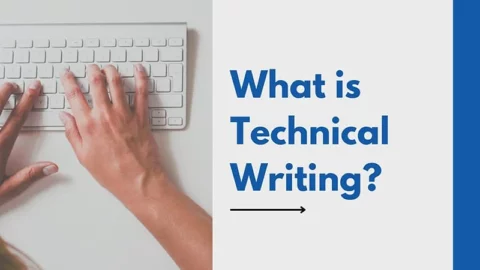Change drives change. Technology and digital footprints have altered the way businesses work, employees perceive work and even the way families function. Classrooms were not to be left behind. In 2018, there was a marked increase in investor interest in learning startups, especially those that are AI-based. According to a report by market-research firm Metaari titled “The Stunning 2018 Global Learning Technology Investment Patterns: The Rise of the Global Edtech Unicorns,” the investments made to EdTech companies soared past $16.34 billion, with China and the U.S. leading the way, followed by India and Israel. More recently, UK education conglomerate Pearson announced a commitment of $50 million solely to fund next generation EdTech startups to keep up with changing trends.
With that in mind, here are eight ways in which EdTech is shaping the next generation’s skills through tech intervention.
1. Immersive Learning
Classroom learning is no longer relegated to the chalkboard. Today, students can participate in immersive experiences while learning about everything from specific timelines in history to climate change in Antarctica. EdTech companies like Early Adopter work with educators to create augmented-reality tutorials, including virtually transporting students to the surface of the moon while reading books about space.
2. Industry-Specific Learning
Today’s fast-paced business sectors require that learners enter the workforce with a fundamental understanding of how an industry works. Companies like Yellowbrick and InternView create industry-specific online programs by partnering with major colleges, media outlets and organizations with a goal of helping learners get useful training in the industries they’re passionate about.
3. Seamless Classrooms
With limited resources and time-based pressures, it’s increasingly difficult for teachers to ensure 100 percent student comprehension. That’s why companies like Brainly and OneClass have decided to connect the whole world as one collaborative learning group that’s capable of adapting dynamically to global topics and trends. Theirs is a great example of using technology as a leveler while governments figure out how to invest more in the classroom experience.
4. Big Data
As test scores and attendance persist as traditional metrics for classroom success, seemingly simplistic technologies are creating ripples. Companies like Peachjar promote parent-teacher collaboration and engagement in extracurricular activities using big-data analytics to discover new ideas, opportunities and resources available across the country.
Related: How Companies Are Using Big Data to Boost Sales, and How You Can Do the Same
5. Future-Ready Design
With AI set to wipe out millions of repetitive tasks, experts predict that everything that can be automated will be automated in the future, sparking enormous demand for skills like critical thinking, problem-solving, ideation, creativity and, most importantly, empathy. EdTech startups such as Cartedo provide students with a future-readiness platform and design-thinking workshops to develop creative confidence. The foremost goal is to equip students to become agents of change in their own communities, even encouraging them to work on solutions to address subject matter as lofty as UN sustainability and development goals.
6. Gamification
Classrooms are coming alive with personalized, adaptive learning through gamification. Platforms like Mangahigh are employing gamification to ease understanding of even serious subjects like math by encouraging participation, engagement and collaboration. Gamification also improves context-based comprehension through adaptive and personalized learning.
7. Digital Safety
Given kids’s increased engagement with the internet, there is a need for designing online spaces that are safe for young learners. One company leading the charge is AI-based platform Securly, which intuits risks of bullying and self-harm and innovates protections that meet modern needs.
8. Sustainability and Life Skills
The tendency to confine classroom instruction to solely academic goals is slowly but surely diminishing. Companies like Mindvalley collaborate with schools to impart online lessons on living a meaningful life. Topics include communication and negotiation, finding purpose, staying calm under stress and sustainability design. In other words, all the skills required in real life.
Frequently Asked Questions About EdTech Startups
What are EdTech startups?
In the context of total funding, Byju’s, Unacademy, Vedantu, Toppr and Eruditus emerged as the top-funded startups in India. … In 2019, the size of India’s education sector stood at $101 Bn and its online education market at $563 Mn.
What does EdTech stand for?
EdTech (a portmanteau of “education” and “technology”) refers to hardware and software designed to enhance teacher-led learning in classrooms and improve students’ education outcomes.
What are EdTech tools?
- Soundtrap: Your Everywhere Studio.
- bulb : Digital Portfolios.
- Buncee: Create, Present and Share Multimedia.
- Nearpod: Customizable Lessons that Bring the World into Your Classroom.
- edpuzzle : Make Any Video Your Lesson.
Why is EdTech important?
No more, no less. By using technology we seek to improve teaching and learning processes and therefore improve the performance of the education system. It’s important to keep this aim in mind when choosing computer programmes, apps or devices for the classroom.
How big is the EdTech industry?
Edtech is growing, with the total market value worldwide set to reach $252 billion this year, Forbes reported. The U.S. also features the most total venture capital funding for edtech companies with $8.3 million, more than $5.9 million more than second place China, according to the report.
Read More:










